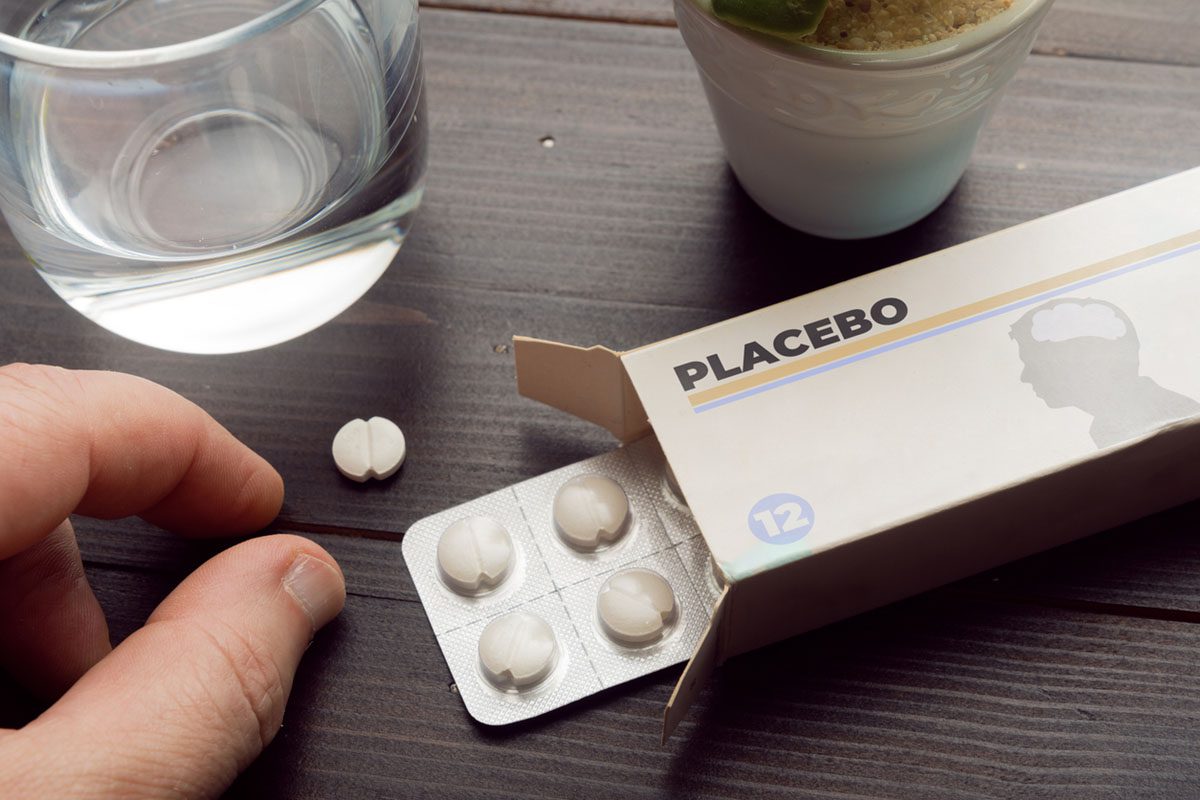Depression among adolescents has received recognition as a significant psychiatric problem that requires prompt intervention. This article will help primary care providers to understand the significance of adolescent depression, recognize its prevalence in primary care, cite the evidence supporting cognitive-behavioral therapy (CBT) as a treatment for depressed adolescents, recognize the challenges of using CBT in primary care, and use 7 different CBT approaches with their patients. Psychiatric diagnoses may be present in 38% of adolescents who see a primary care physician, and among that number, depression is the most common diagnosis. Cognitive-behavioral therapy provides a scientifically proven tool for those physicians who want to provide their young depressed patients an effective counseling approach. Cognitive-behavioral therapy enhances self-control, perceptions of personal efficacy, rational problem-solving skills, social skills, and participation in activities and physical exercise that bring the adolescent a sense of pleasure or mastery. CBT has been proven to be effective when delivered by physicians who have received significant instructions. Unfortunately, CBT techniques can at first seem overly abstract, overwhelming in number, and difficult to teach in the 15-minute visit. However, CBT techniques can be made clear and accessible for a busy physician. The case of a depressed 14-year-old male high school student who comes to his physician for a pre-participation sports physical is presented to illustrate the application of CBT in primary care.
This PDF is free for all visitors!




